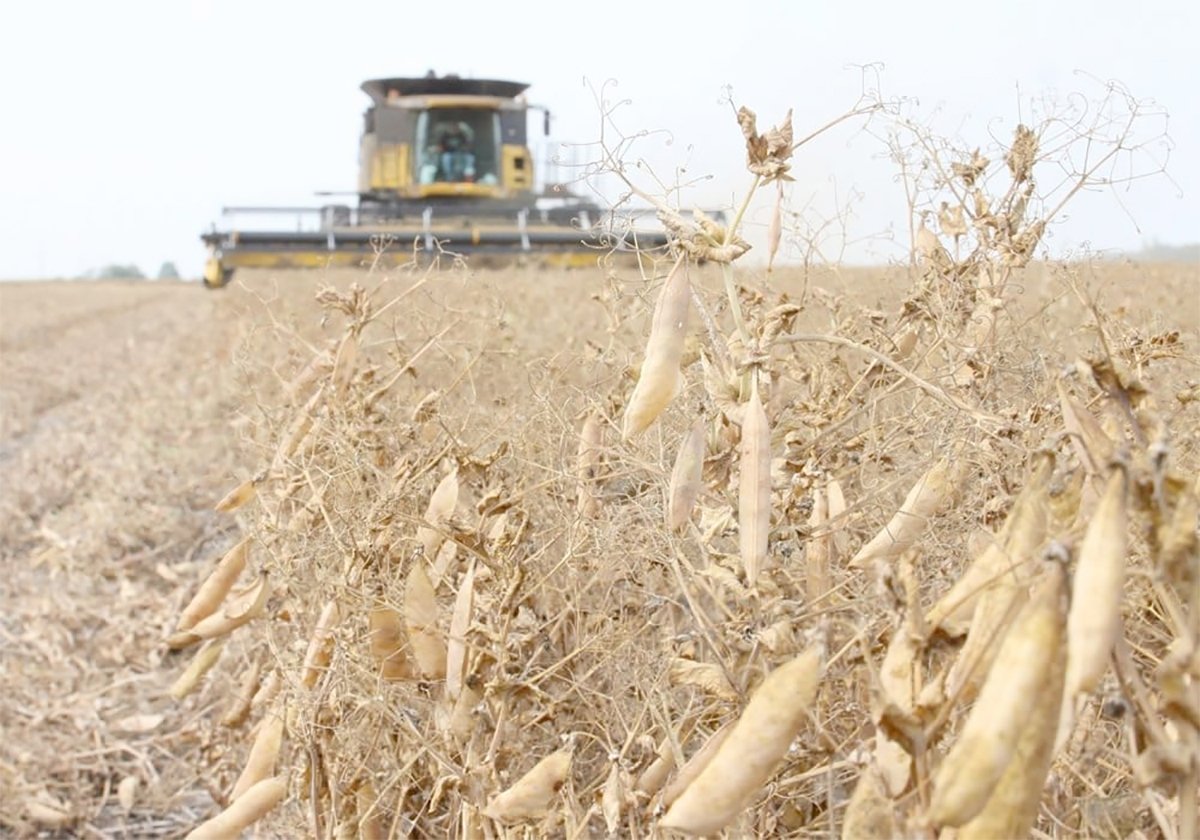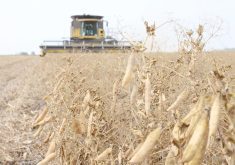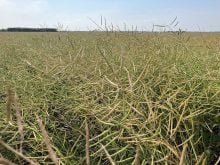I have done some travellin’ to places far away
Just to feel and hear the wind as it travels on its way.
Those northers down in Texas can chill you to the bone
And the blizzards in Alaska will turn your blood to stone.
There’s the twisters in the Midwest that wreck all in your path
And there’s other places in the world where the wind will show its wrath.
Read Also

Chinese, Indian tariffs take toll on pea prices
The disruption of pea exports from Canada’s largest customers will likely result in slow pea exports for the remainder of the crop year.
But from Cape Horn to the Circle and destruction in the Keys
All the fury of the wind in Pincher Creek is called a breeze.
– N.R. Burles
Wind gusts were clocked at a peak of 214 km/h last weekend in regions near Pincher Creek, Alta. Despite the poem above, written by an area resident from a long-time ranching family, even the Pincher Creekers thought it went a bit beyond a breeze.
The scenic Highway 22 to the west, which winds its way northward from here along the base of the Rockies, was closed to traffic because of wind.
And as I drove the southern portion of Highway 2 on Feb. 12, behemoth trucks lay on their sides in the ditch, blown there by gusts and looking like relics in Mad Max movies.
It’s a wonder there isn’t more damage from such force, but folks here seem used to it. It’s the price they pay for frequent reprieves from winter, so they keep things battened down.
Breezes beyond 200 km/h do tax even the best construction but perhaps Alberta’s losses eventually become Saskatchewan’s gains. After all, it’s an ill wind that blows no good.
For example, if you want to clean out your pick-up truck, park it facing east and open both doors. The job is done in seconds. Of course, the doors might also be missing but such are the chances you take.
You’d think winds of those speeds would be ideal for wind power generation but that isn’t necessarily true. The hundreds of windmills in the region shut down when speeds are too high and too variable, according to a source in the industry.
About 90 km/h is the cut-off point, depending on location and manufacture of the turbine. Winds at 140 km/h, which aren’t unheard of in these parts, can still see gusts of 180 to 200. That’s too much energy for most turbines, so they shut down in the interests of self-preservation.
Given that most turbines in this region start turning at about 14 km/h, there’s still a pretty good window of power generation opportunity.















